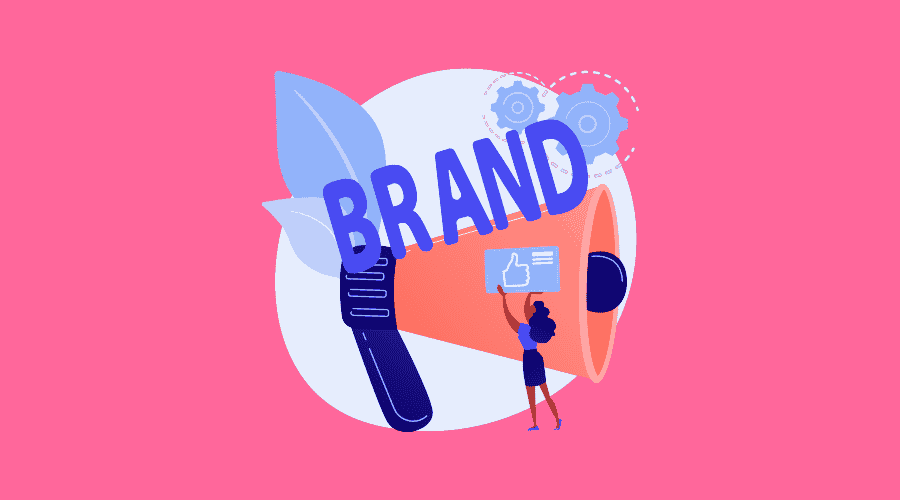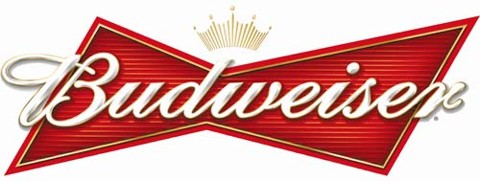
Do I need a Logo? A Brand? Both!? HELP!
Posted Sep 18, 2015 | Updated 10 years ago
To help clarify some of the confusion about logos and branding, their purpose and give some helpful tips we have come up with this short read.
We approach logo design and branding with the utmost respect for our clients and want to achieve an end product that they and their audience will both love.
With that said, we want to share some of our professional opinions on these two concepts to help make the process easier.
Our goal is to be a helping and guiding hand in this journey.
Branding vs. Logo
Often when clients refer to “our brand” they are talking about their logo, not their brand.
And a number of designers, agencies, web developers, marketing firms, and public relations firms claim they “do branding,” but more often than not they’re actually referring to logo design.
So what is a brand?
One of the best definitions of a brand is from Marty Neumeier’s book, The Brand Gap: “A brand is a person’s gut feeling about a product, service, or organization.”
Simple, right? And so much more than the logo on your business card.
We like to talk about a brand as the “sum total” of all of the experiences, impressions, and knowledge a person has about your product, service, or organization.
It’s really about the perceived emotional and functional benefits (that gut reaction) vs. the actual benefits or attributes of your product or service.
If you’re in business and have customers, you already have a brand of sorts, even if you’re not very clear about what it stands for and even if you’re not working to define and shape it in the eyes of your customers.
A brand is the basis of your position in the market and your competitive advantage.
What is a logo?
A logo (also known as a mark, brand mark, trademark, wordmark, logotype, symbol, or brand icon) is a graphic and/or typographic mark that identifies your organization.
It is only one element, albeit a very important element, of your organization’s brand identity and helps with recognition, differentiation, and recall.
Logos are a tangible way to express some of the essence and characteristics of your brand, but there’s no way a logo can represent or illustrate everything about your brand.
With that understanding, the goal of a logo is to be unforgettable — so that when a person feels the need your business solves, your logo comes to immediately mind.
You can test this with word association.
Word associating is an exercise where you think of the first word that comes to mind when you hear or see something.
Word associate with the following logos:



Here’s what I got, respectively: beer, chips, and car.
Do the logos use the words: ‘beer’, ‘chips’, and ‘car’?
Nope. They don’t need to, because they are easily recognizable, memorable logos.
Which is more important?
Both a strong brand and a compelling logo are important if you’re trying to position your company and drive its growth, but it’s what people ultimately think and feel about your organization (your brand) that impacts business success more.
So rather than brand vs. logo, it’s really more brand and logo hand-in-hand.
The actual power to be leveraged behind a great logo is not simply in the creativity and design of the logo itself, but in the clarity, definition, uniqueness, and articulation of the larger brand behind it.
A good analogy is that the logo is the tip of the brand iceberg. It’s the visible part above the water line, but what it represents is so much bigger.
Tips for Establishing a Killer Brand
You can probably think of a few companies that have very recognizable, maybe even very creative, logos but for whom you hold no respect either because of your own personal customer experience or something you’ve seen in the media.
Likewise, there are companies you do business with that you love for their product or service, and will return to, but whose logos you’re ambivalent about.
A brand should be simple, and defining these 5 items will help create focus and direction for your business.
- Create a Brand Message
What is the message you want to communicate to your customers?Keep it simple and narrow it down to one message, this is essentially your value statement.Having multiple messages can create confusion and uncertainty in customers. - Create a “voice” for your company
Is your brand very professional, relaxed, friendly?This voice should be applied to all written materials. - Create a Brand Feeling
How will your customer feel when they do business with you?A great example of this is Apple. They have focused on creating the feeling of simplicity and sophistication which translates even into their packaging.Use this feeling in tandem with the brand’s voice to make things consistent as possible. - Create a tagline
Don’t worry about being too cute. A tagline doesn’t need to be overly clever or cute to be effective.A good tagline is primarily functional. It should explain the unique value that your business offers as clearly as possible.Make it memorable. Remember that you may only have a few seconds to get someone’s attention.
Tips for Creating an Amazing Logo
The principal role of a logo is to identify, and simplicity is its means…
Its effectiveness depends on distinctiveness, visibility, adaptability, memorability, universality, and timelessness.
A logo doesn’t need to explain everything the business does in one fell swoop; that is for the branding and marketing to take care of.
Focus on creating a logo that is easily recognized, an intricate logo may look pretty in certain settings, but cause more confusion in the long run.
Use these 7 steps to help assess your logo ideas and concepts.
- Is it Distinctive?Distinctive means unique and different from everything else.It stands out among the crowd and isn’t easily confused with others.If a painter uses a paintbrush icon, is it distinctive from the rest? It can be if it is done in a unique and different way from other painters.
- Is it Visible?A visible logo means it is noticeable or easily seen.Having a bold logo that takes up a generous amount of space makes it’s visibility high.If a lawyer uses a logo that is based off their signature, it may not be as visible as a logo using large bold letters.
- Is it Adaptable?Being adaptable means that your logo works across numerous applications — on a t-shirt, on a cup, online, on a truck, on a road sign.You get the idea.A construction company’s logo is very wide and works well on their trucks, however it looks tiny and unreadable on their t-shirt pockets.
- Is it Memorable?The goal of a logo is to be unforgettable — so that when a person experiences a problem that your business solves, your logo comes to immediately mind.Remember the word association experiment. Beer. Chips. Car. Many will say, “Budweiser, Doritos, & Lexus”
- Is it Universal?When a logo carries a consistent meaning to a diverse range of people, it is universal.This is, possibly, the most difficult part in having a logo because everyone is different.A way to be universal is easy to recognize factors, like color or shape. Common universal logos are Google (uses color) and Apple (uses shape).
- Is it Timeless?The biggest principles to remember when crafting a timeless logo is do not use the “hottest” colors, “flashiest” fonts, or “coolest” styles.Fads change like the weather, but the sun always comes up, and the sky is always blue.Being timeless is relative, especially if you maintain a keen insight to your target audience. Remember, the audience itself may not change, but they themselves may have.
- Is it Simple?Paul Rand said that a logo should epitomize minimalism. “A logo cannot survive unless it is designed with the utmost simplicity and restraint.”The first six steps of the Paul Rand Logo Test involve adding and creating standout qualities in your logo’s design so that it is unique, durable, memorable, etc.But this last step is about stripping out and reducing extraneous detail to unveil a pure and playful end-product.Here are two practical measures you can take to test if your logo is designed with simplicity in mind:
- Shrink it down and then blow it up. The appearance & design of a strong logo will be legible and pleasing regardless of its size.
- Draw it by hand in ten seconds with a pencil. If you can do this easily, then you have a simple logo.
How does Your logo Stand Up? Email me and let me know.
The article is a compilation of original content and content adapted from these three great articles: Gist Brands blog post, “Brand vs. Logo: The Mystery solved, Dave Schools Post on Medium.com, “The 7-Step-Paul-Rand-Logo-Test” & The Basics of Branding by John Williams on Entrepreneur.com. Check out the originals if you want, they’re also great reads!
